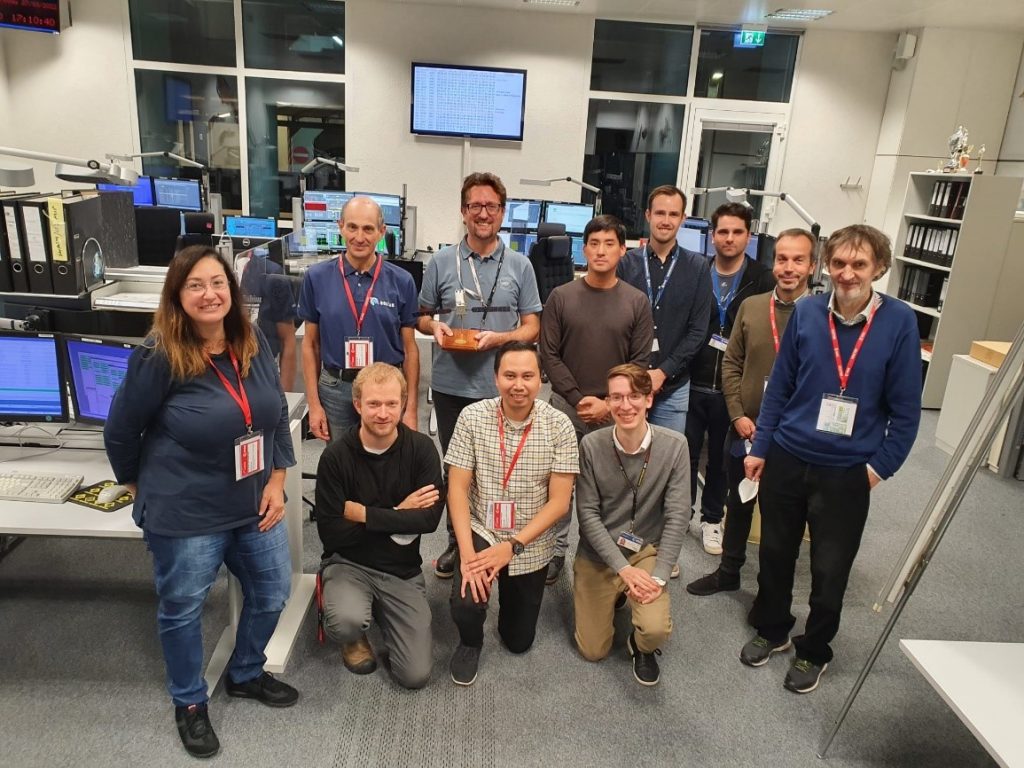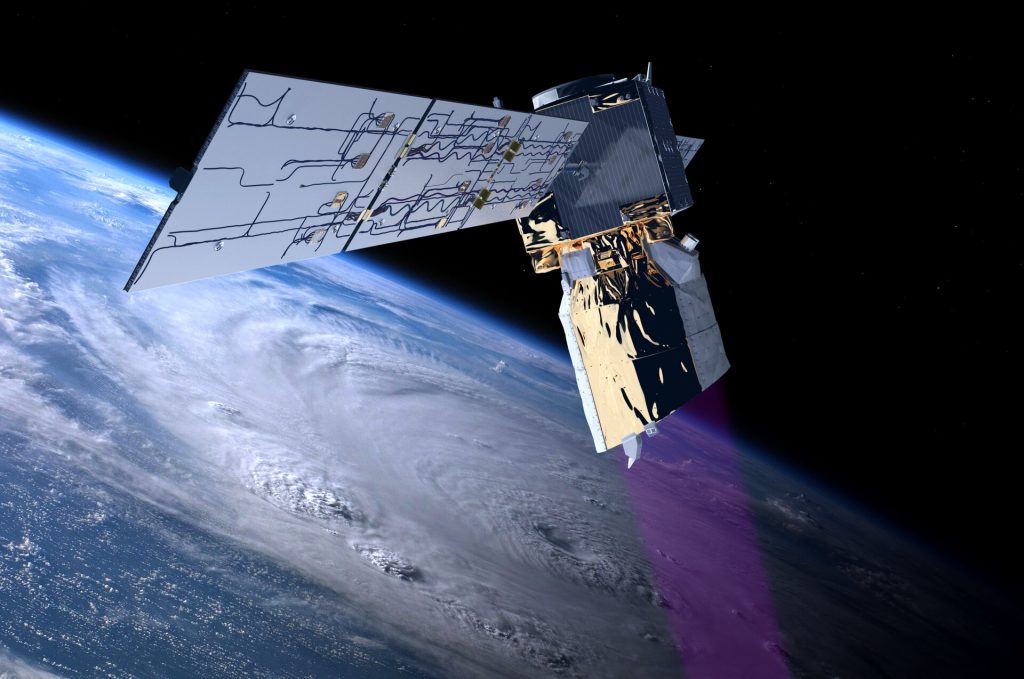ESA’s wind mission, Aeolus, will soon return to Earth in a first-of-its-kind assisted reentry.
In the coming weeks we will interview some key members of the Aeolus team to discover more about flying and operating one of the most successful missions ever flown by ESA – and the pioneering attempt to bring it home.
Introducing Trismono Candra Krisna
Since 2021, Trismono Candra Krisna has worked as the Aeolus Instrument Performance Engineer at the European Space Research and Technology Centre (ESTEC) in Noordwijk, The Netherlands.
He has played a key role in the Aeolus mission, recently coordinating efforts to extend the mission well beyond its planned lifetime by maximising the output of Aeolus’s unique wind-mapping UV laser, ALADIN.
At the end of the mission’s life, he has led Aeolus End-of-Life (EOL) tests to investigate issues observed during in-orbit operations and to transfer knowledge and technology to future missions, including Aeolus-2.

What is your role in the Aeolus mission?
My main role during nominal operations was to monitor the instrument’s performance based on housekeeping telemetry and science data. I performed analyses and proposed actions to maintain or improve the performance transferred to operational (Level 2/L2) data.
Since the beginning of this year, I have started working on Aeolus-2 to support the instrument performance. There are a lot of lessons learned that can be transferred from its predecessor.
What’s your favourite part of the role?
The top favourite is when I can identify an issue, either on-ground or in-orbit, and define the solution. It is a real pleasure when the solution is eventually applied and shows the expected result(s). Additionally, I really enjoy learning from Aeolus experts from industry, DISC (Data, Innovation and Science Cluster), and ESA.
What is the most challenging aspect of the mission?
Aeolus has been always challenging, so there are no dull moments. Someone said, “Aeolus has been in commissioning until its decommissioning.” In practice, to keep up the performance with various issues we have in-orbit, it is incredibly challenging and demanding.
[PB: Aeolus is a demonstrator mission, going where no spaceborne mission has gone before!]
What’s been your highlight of the Aeolus mission?
There are three highlights since I joined the mission in late 2021. First is the switch-over to the laser A in 2022, which fully recovered the transmission and allowed us to continue the mission even further beyond its design lifetime.
Second is the EOL test where we have the chance to investigate in detail and search for answers to issues during nominal operations.
Third is the record-breaking UV energy during the EOL test. We recently beat the record for a spaceborne UV laser – 182mJ. The previous best was NASA’s LITE instrument, with 169mJ.

How did you get into space? What led you to ESA?
It has been my dream since I started my PhD. I moved to the Netherlands in early 2019, working at the Netherlands Institute for Space Research (SRON), Utrecht. After two years, I felt that I had gained enough skill and experience. So, I began to actively apply for a position at ESTEC.
When you’re not working on Aeolus, what do you like to do?
Apart from space, I would be happy to become an F1 race engineer.
Describe the Aeolus mission using only one word.
Magical.
What’s the most interesting aspect of flying Aeolus?
To me, it is the people (ESA, DISC, and industry) working together for the success of the mission. Now, I have started to miss them.

Discussion: one comment
Aim